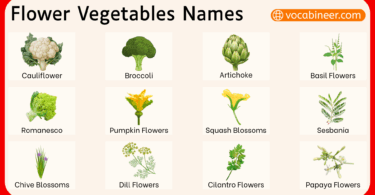Melons come in many shapes, flavors, and textures. Some are juicy and sweet, others firm or aromatic. Learning their names helps talk about fruit in shops, markets, or meals with ease. This post introduces different melon names in English with pictures so you can recognize them and use them naturally in conversations. You’ll learn the names of popular, regional, rare, and textured melons. Knowing these different types of melons in English helps when talking about food in kitchens, stores, or while studying produce worldwide.
In This Page
Common Melon Types Found Worldwide
These melons are known internationally and are often the first types learners come across. Each has a distinct shape, taste, or color that makes it easy to remember.
- Watermelon
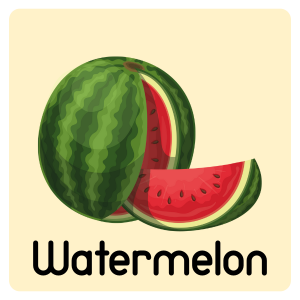
- Cantaloupe
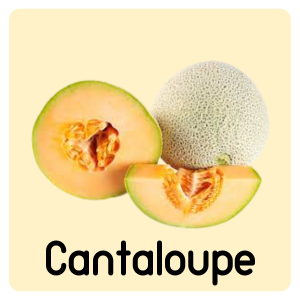
- Honeydew
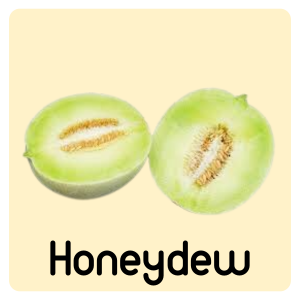
- Galia Melon
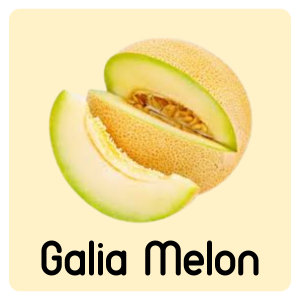
- Tiger Melon

- Charentais Melon
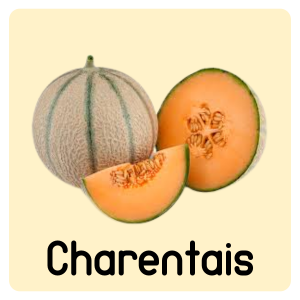
- Maghrebi Melon
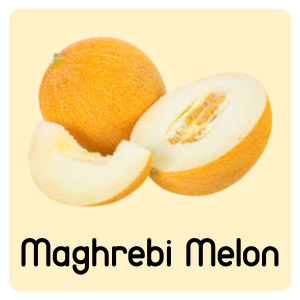
- Ananas Melon
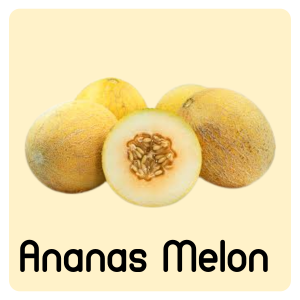
- Hami Melon
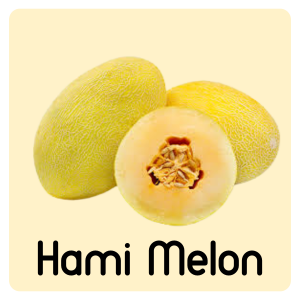
- Winter Melon

- Casaba Melon
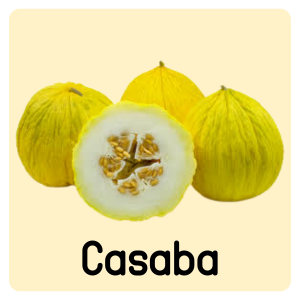
- Bailan Melon
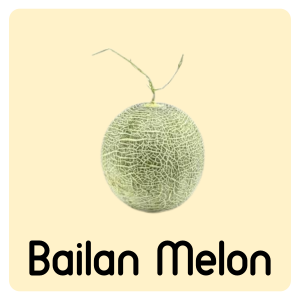
- Kharbuja
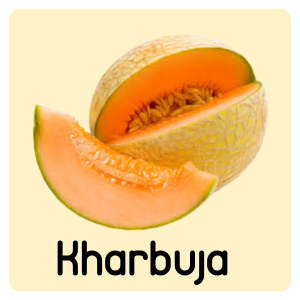
- Sivan Melon
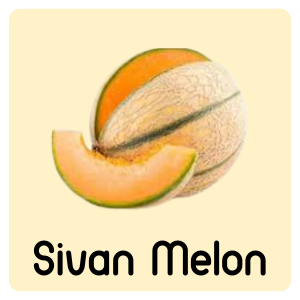
- Sprite Melon
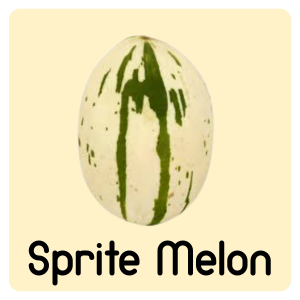
- Dino Melon
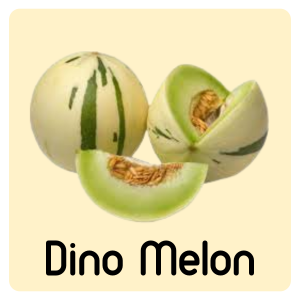
- Sharlyn Melon
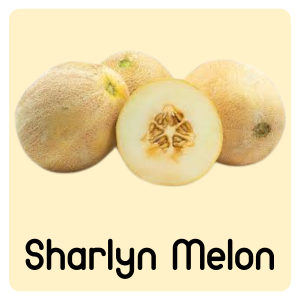
- Piel Dy Sapo Melon
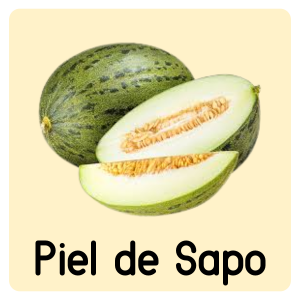
- Snap Melon
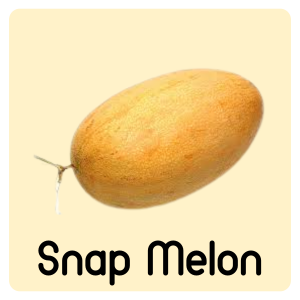
- Gaya Melon
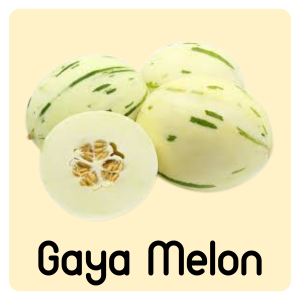
Round-Shaped Melon Varieties with Thick Skin
These melons grow round and feel dense when held. Their hard outer skin protects the flavorful inside, which stays firm after cutting.
- Watermelon
- Cantaloupe
- Santa Claus Melon
- Galia Melon
Long and Oval Melon Types for Eating
Some melons grow longer or oval in shape. Their extended size makes them easy to slice and share.
- Santa Claus Melon
- Hami Melon
- Canary Melon
- Winter Melon
- Casaba Melon
- Crenshaw Melon
- Bailan Melon
- Sivan Melon
- Lambkin Melon
- Supermark Melon
- Amarillo Melon
- Golden Hami Melon
- Orange Candy Melon
- Piel de Sapo
- Sweetie Melon
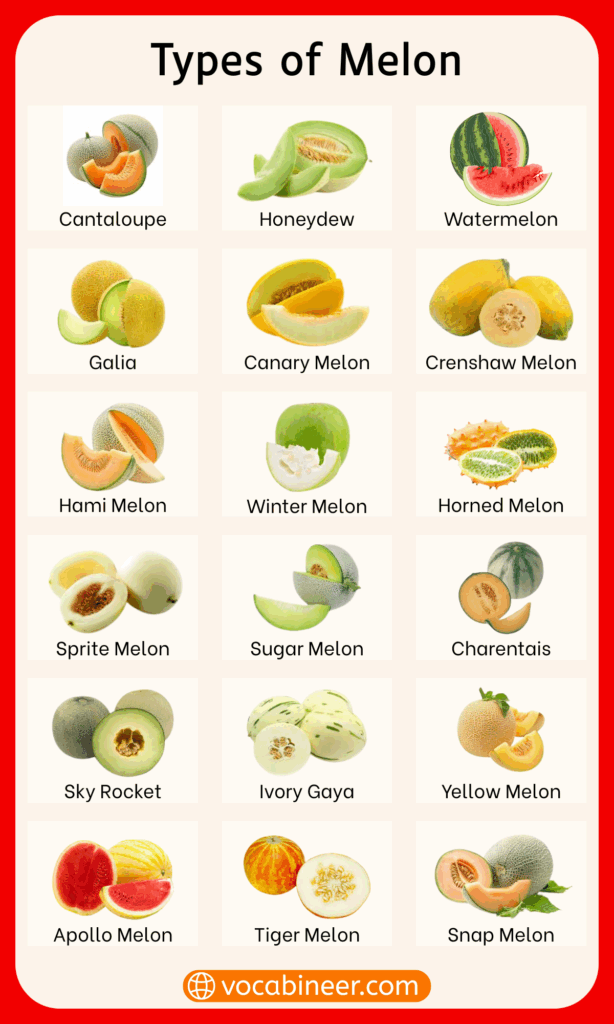
Sweet Melon Varieties Best for Raw Use
These melons are soft, juicy, and sweet without needing to cook them. People often eat them fresh or add them to fruit bowls.
- Honeydew
- Sugar Kiss Melon
- Sprite Melon
- Golden Hami Melon
- Ivory Gaya Melon
Regional Melon Names by Country or Area
Some melon types are known by the places they are mostly grown or discovered. These names help connect the fruit to its cultural background.
- Charentais (France)
- Bailan (China)
- Kharbuja (India)
- Sharlyn Melon (Middle East)
- Ananas Melon (Europe)
- Maghrebi Melon (North Africa)
Aromatic and Textured Melon Types
These melons stand out due to their strong smell or skin surface. Some are smooth and subtle while others are bold and rough.
- Crenshaw Melon
- Gaya Melon
- Tiger Melon
Uncommon and Rare Melon Varieties
These melon names are less common and usually found in select regions or farms. Their colors or flavors often surprise first-time eaters.
- Horned Melon
- Bitter Melon
- Snap Melon
- Japanese Crown Melon
- Snow Leopard Melon
- Mangaka Melon
Melon Types Used in Juices, Salads, and Mixes
Some melons blend well with greens or drinks. These types give dishes a fresh bite or add juice to fruit mixes.
- Casaba
- Orange Flesh Honeydew
- Golden Langra Melon
Small Melon Varieties for Personal Use
These melons are small enough to carry, cut, or serve in one go. Their size does not reduce their flavor or use.
- Pepino Melon
- Bailan Mini Melon
- Dino Melon
- Sweet Beauty Mini Watermelon
Melon Types by Rind Texture and Color
The skin of some melons is netted, smooth, or lightly colored. These outer patterns help learners spot differences quickly.
- Net-Rind Melons
- Smooth-Skin Melons
- Pale-Skin or Light-Green Melons
Seasonal Melon Types by Harvest Time
Different melons grow and ripen at different times of the year. Some peak in summer while others stay fresh into colder months.
Spring Melons (Late Spring to Early Summer)
- Galia Melon
- Sprite Melon
- Ananas Melon
- Early Season Cantaloupe
- Ambrosia Melon
Summer Melons (Peak Season: Mid to Late Summer)
- Watermelon (Seeded & Seedless)
- Cantaloupe (Muskmelon)
- Honeydew Melon
- Santa Claus Melon (mid to late summer)
- Canary Melon
- Hami Melon
- Korean Melon
- Crenshaw Melon
- Sugar Kiss Melon
- Charentais Melon
Fall Melons (Late Summer to Early Fall)
- Santa Claus Melon (Late variety)
- Winter Melon (Ash Gourd)
- Casaba Melon
- Persian Melon
- Bailan Melon
Winter Melons (Stored from Late Harvest)
These melons are harvested in fall but often stored and eaten into winter.
- Winter Melon (Benincasa hispida)
- Casaba (long-keeping variety)
- Santa Claus Melon (aka Christmas Melon)
Everyday Melon Varieties Sold in Markets
These melon types are sold year-round in supermarkets. They’re usually placed in fruit aisles or near other common produce.
Most Common Market Melons
- Watermelon (Seedless)
- Watermelon (Seeded)
- Cantaloupe (North American muskmelon)
- Honeydew Melon
- Galia Melon
- Canary Melon
- Santa Claus Melon (Piel de Sapo)
- Charentais Melon
- Korean Melon
- Crenshaw Melon
Other Widely Available Melons
- Hami Melon
- Sprite Melon
- Sugar Kiss Melon
- Golden Hami Melon
- Ananas Melon
- Persian Melon
- Bailan Melon
Hybrid Melon Types Grown for Sweetness and Shelf Life
Some melons are specially grown to mix sweetness, shelf life, or color. These hybrid types are popular in farms and markets today.
- Sugar Kiss Melon
- Golden Hami Melon
- Kandy Dew Melon
- Honey Kiss Melon
- Gala Melon
- Santa Claus Melon
- Lambkin Melon
- Charentais Hybrid
- Orange Candy Melon
- Summer Kiss Melon
- Golden Kiss Melon
- Sweetie Melon
- Supermark Melon
- Sivan Melon
- Amarillo Melon
FAQs about Types of Melons
Some of the most popular melon types include watermelon, cantaloupe, honeydew, galia, and Santa Claus melon. These are widely eaten around the world and often sold in stores.
You can identify melon types by their skin texture and color. Netted skins usually belong to cantaloupes or galia. Smooth skins often mean honeydew or Korean melons. Striped or pale skins suggest specialty types.
Honeydew, sugar kiss, sprite, and golden hami are among the sweetest melons ideal for raw eating. Their flesh is soft, juicy, and doesn’t need cooking.
Cantaloupe has orange flesh and a rough netted rind. Galia melon has green flesh with a similar netted surface but a milder, more aromatic taste.
Yes, bitter melon and winter melon are examples. Bitter melon is used in cooking and has a sharp taste. Winter melon is mild and often used in soups, not eaten raw.
Read More



